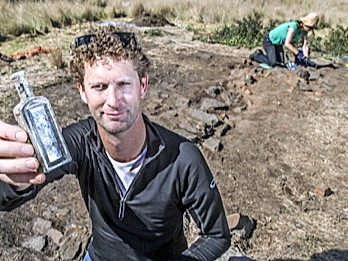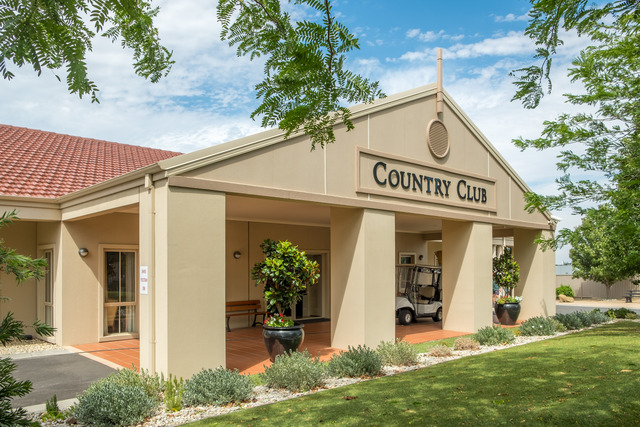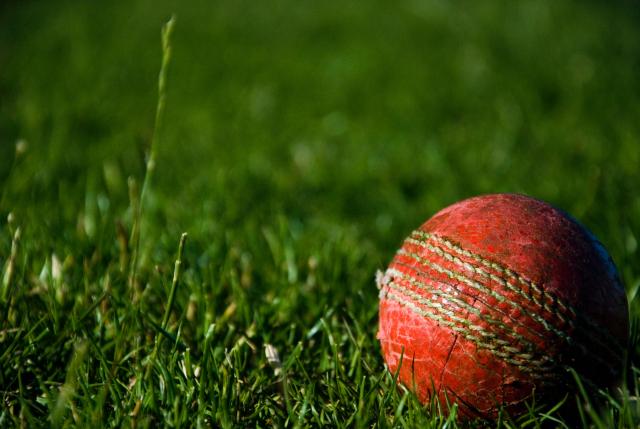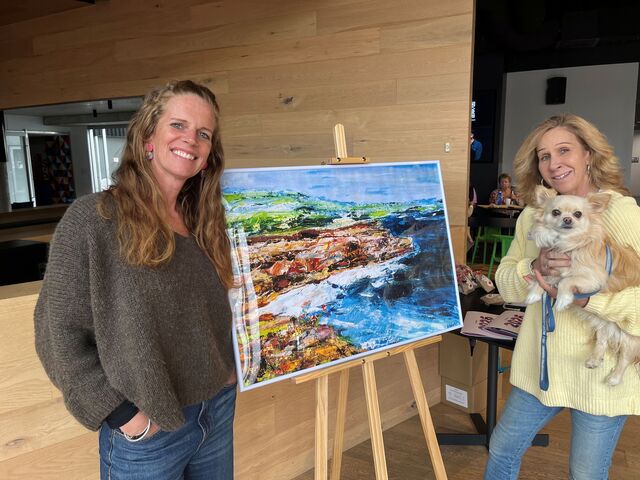Archaeologists have been busy at work on the banks of the Plenty River at Mernda. To coincide with last week’s National Heritage Week, scientists armed with hand picks got down on hands and knees to unearth hidden artefacts at the site of the old Moses Thomas Mill.
Principal archaeologist Jeremy Smith said all sorts of interesting relics had been excavated, from glass bottles dating from the 1850s to ancient Aboriginal artefacts.
His team from Heritage Victoria will keep digging away until the end of the week in an effort to expose the remains of what they believe could be a house or ancillary structure at the rear of the old flour mill site.
The site was established as a mill in 1854 when Moses Thomas, a qualified engineer, returned from the goldfields with a vision for a mill one mile upstream from the Carome Mill.
Powered by steam, his mill was operating a year later. Mr Thomas eventually abandoned steam in favour of water power, which was cheaper.
He dammed the river to ensure a steady flow and the mill continued to operate until 1863 when a violent storm washed away the dam he had built.
Mr Smith said the aim of the dig was to teach students and Whittlesea residents about the historical significance of the site.
“The whole Plenty Gorge region is significant to the development of Melbourne. In the 1850s, grain and wheat came from this part of Victoria and the archaeological remains are some of the oldest in the state.
“We’re really keen to teach people about their significant local history,” Mr Smith added.







